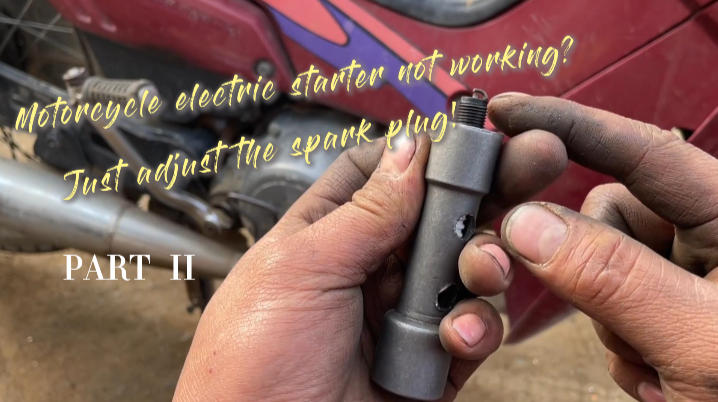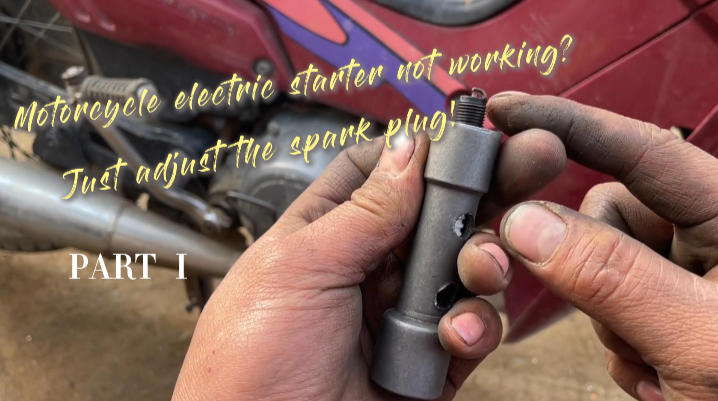What Is High Mileage on a Snowmobile?
-
14
-
2025-11-07 10:30:12
People ask this a lot when buying used sleds: “How many miles is too many?”
Well, the answer isn’t simple. Mileage on a snowmobile isn’t like mileage on a car.
A sled’s life depends more on how it was ridden, where, and how it was maintained than on the number flashing on the dash.
Still, numbers do tell part of the story. Let’s break it down the real-world way — from what I’ve seen in garages, trails, and long nights fixing sleds that should’ve been retired years ago.
The short answer
If you want a quick idea:
Under 3,000 miles – usually low mileage.
3,000–6,000 miles – middle ground, depends on care.
Over 7,000 miles – that’s high mileage for most sleds.
But again, don’t stop at the number. A sled with 8,000 gentle trail miles can be healthier than one with 2,000 miles of throttle abuse in deep powder.
Two-stroke vs four-stroke — big difference
Engine type changes everything.
Two-stroke
Two-strokes are lighter, punchier, and loved by riders who like quick response. But they wear faster.
A 2-stroke engine with 5,000 miles is often near the end of its “sweet spot.” Rebuilds aren’t rare around that mark. Pistons, rings, crank seals — they age faster.
Four-stroke
Four-strokes run smoother and last longer if you keep the oil clean. I’ve seen 10,000+ mile four-strokes still running strong. They weigh more, yes, but the motors are tougher.
If you see a four-stroke with 8,000 miles and a full maintenance log, that’s a good sign, not a red flag.
How it was ridden matters more than you think
Trail miles are gentle.
Mountain miles? Brutal.
A sled that’s been bouncing off tree wells, climbing powder hills, and lugging in deep snow works ten times harder per mile than one cruising flat groomed trails.
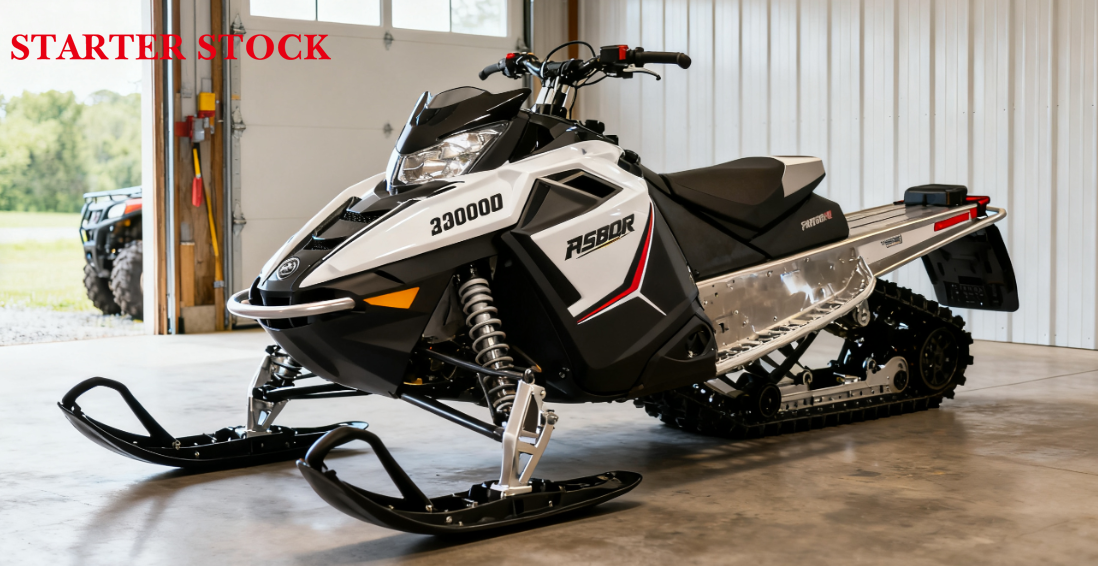
Storage counts too. A sled left outside, freezing and thawing all winter, ages faster than a garage-kept one. Rust sneaks into bearings and suspension arms, corrosion gets inside electricals, and plastic parts go brittle.
Ask where it was stored. It says a lot.
Signs of a tired high-mileage sled
The odometer tells one story. The details tell the truth.
Here’s what to look for:
Compression drop: hard starting or weak power.
Belt slipping: worn clutches or alignment issues.
Loose suspension: sloppy bushings, cracked arms.
Rusty fasteners: especially around the tunnel or skid.
Rattling idle: crank bearings or worn engine mounts.
If you hear metal-on-metal noises or see belt dust everywhere, you’re not looking at a “good deal.” You’re looking at a rebuild project.
Maintenance history — the golden ticket
If a seller can show regular service, oil changes, clutch cleaning, and track checks, the sled’s mileage matters less.
A sled that’s loved can easily run past what others call “high mileage.”
That means greased fittings, clean carbs or injectors, new slides, and a fresh belt every season.
On the flip side, a 2,000-mile sled with zero records might be a nightmare waiting to happen.
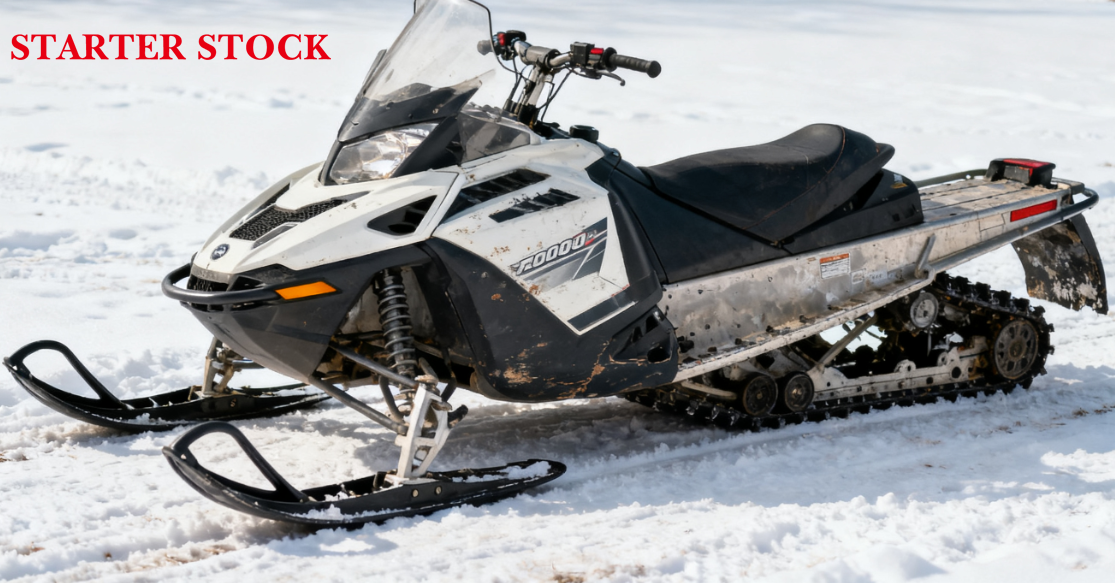
Always ask for receipts or a maintenance logbook. If they hesitate, assume they didn’t keep up.
When is a rebuild worth it?
Rebuilding a two-stroke top end (new pistons, rings, gaskets) can bring life back to an older sled. Parts aren’t too bad price-wise, and many DIY riders do it in the garage over a weekend.
But once the crank or bearings go, it’s often cheaper to replace the engine — or the sled.
Four-strokes are tougher to rebuild yourself. The labor adds up fast. So if you’re looking at a high-mileage four-stroke, make sure it doesn’t smoke or rattle before you hand over cash.
Other parts wear too
Engines get attention, but the rest of the sled wears down too.
Clutches: rollers, weights, and springs fatigue with time.
Track: lugs tear, studs rust, alignment drifts.
Suspension: shocks lose oil, bushings crack.
Skis: wear unevenly if the alignment’s off.
Add that up and you’ll see why a 5,000-mile sled might still need a few hundred bucks of parts to ride safely.
So when you check “mileage,” don’t forget these moving pieces — they add real cost.
How to judge a used sled (real tips)
Cold start test: a healthy sled starts easy without a fight.
Listen for knocks: both on idle and under throttle.
Look under the tunnel: for rust, oil, or coolant stains.
Check track tension and lugs: uneven wear means poor care.
Test ride: see if it backshifts smoothly or bogs.
A clean sled, tight controls, and smooth clutching beat low miles every time.
When to walk away
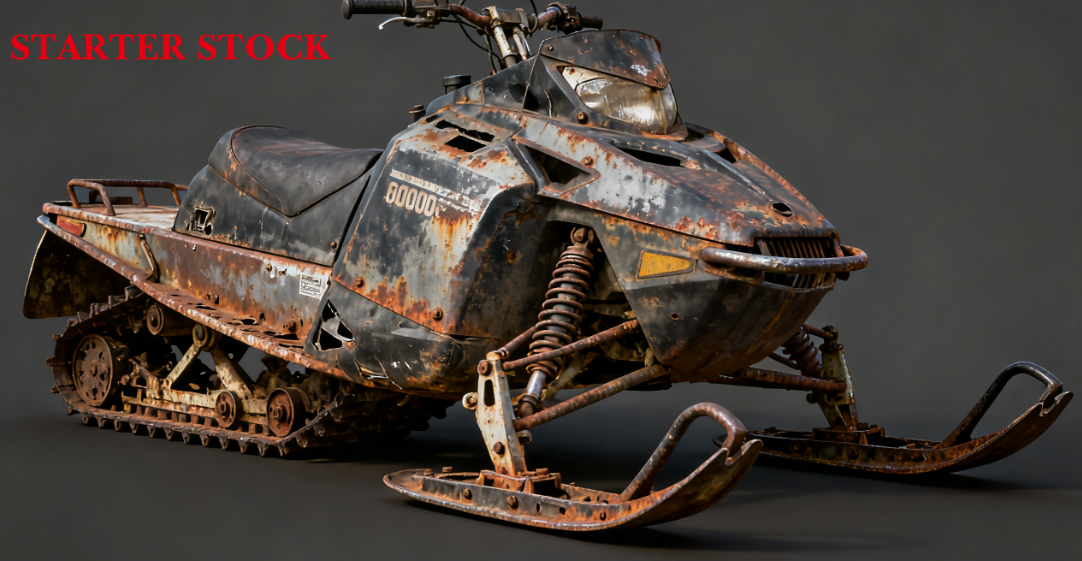
If it looks rough, smells like old gas, and the owner says “just needs a tune,” walk away.
If they can’t tell you when the last belt or plug change was — walk away.
There are plenty of good sleds out there. Don’t let a shiny hood fool you.
A few real-world examples
My buddy’s Yamaha four-stroke has over 11,000 miles and still purrs. Oil every season, never abused.
Another guy’s Polaris 800 two-stroke needed a rebuild at 4,800 miles — too many long WOT climbs in deep snow.
A Ski-Doo trail sled with 6,500 miles still rides like new. Stored indoors, maintained by the book.
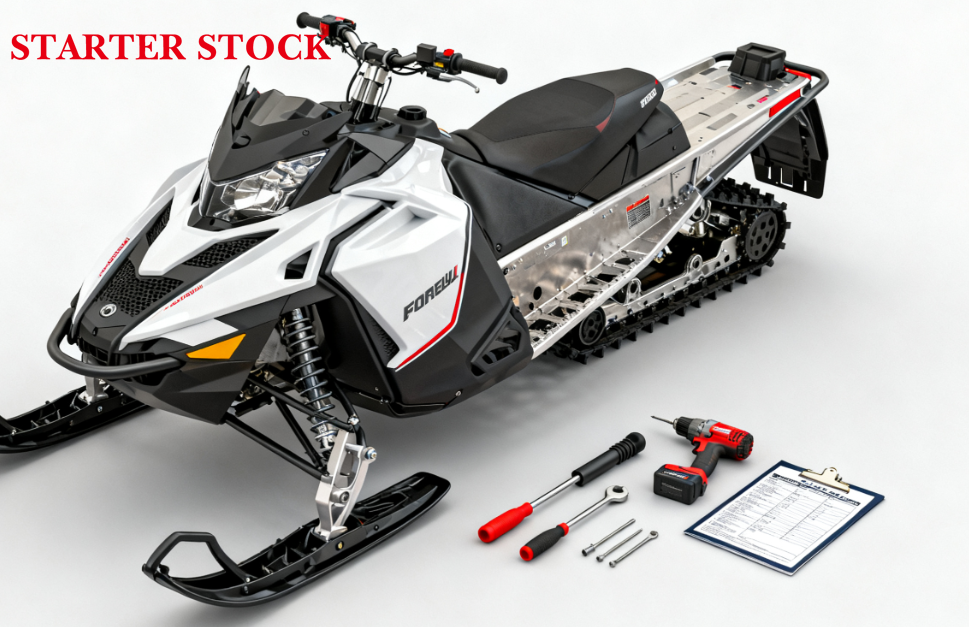
Mileage matters — but not alone.
Final thoughts
So, what’s “high mileage” on a snowmobile?
Roughly anything past 7,000 miles — if it’s a two-stroke.
For four-strokes, maybe 10,000+.
But the number isn’t the end of the story.
Look at the care, the storage, the sound of the motor.
Check compression. Inspect the track. Talk to the owner.
A well-kept sled can last twice as long as a neglected one.
Buy smart, ask questions, and don’t get scared by a big number if everything else checks out.
Because in the end, it’s not the miles — it’s the hands that turned the wrench.
-
Oil Pump JR-B18-1 16700-K20-903 For Z00MER

-
Oil Pump JR-B18 16700-KVG-41 For AIR BLADE
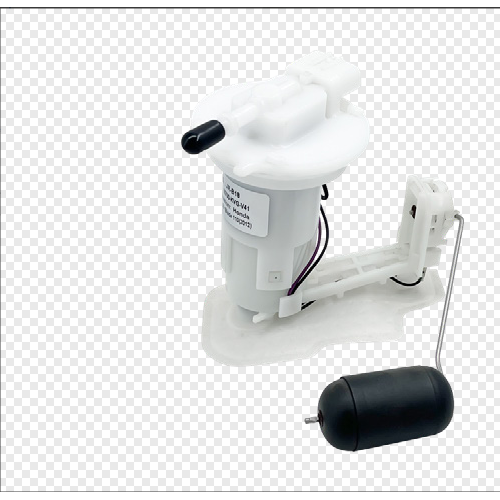
-
Oil Pump JR-B113 16700-HR3-A21 For Fou rTrax Rancher
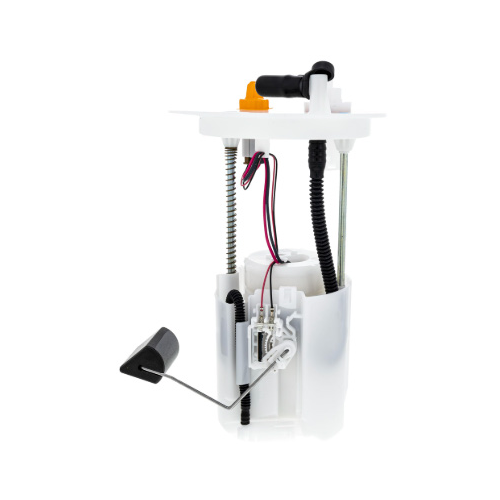
-
Oil Pump JR-B112-1 275500734 For GT1 130/155 2011-2012
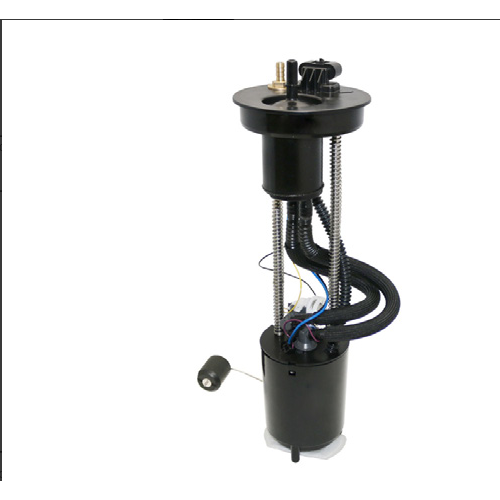
-
Oil Pump JR-B112 47-1027 For MAVERICKX
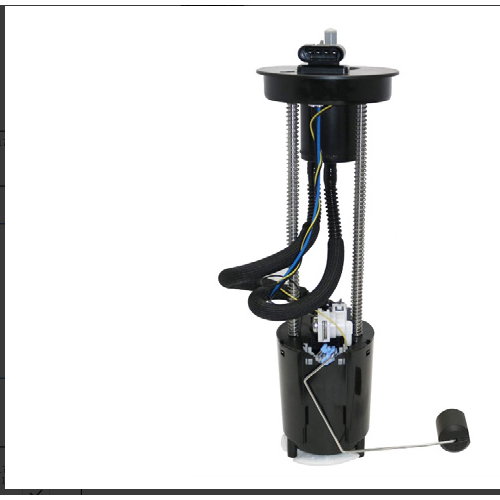
-
Oil Pump JR-B110 47-1050 For OUTLANDER
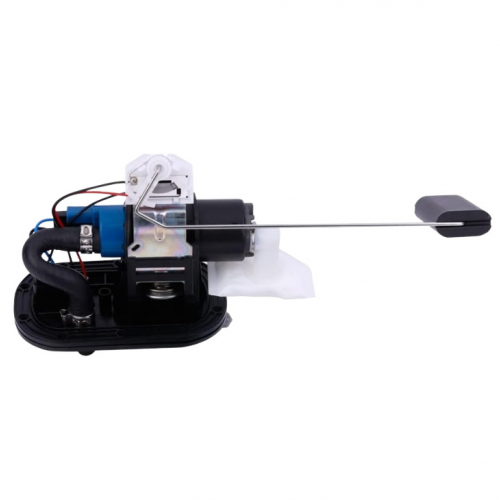
-
Oil Pump JR-B109 709000758 For OUTLANDER
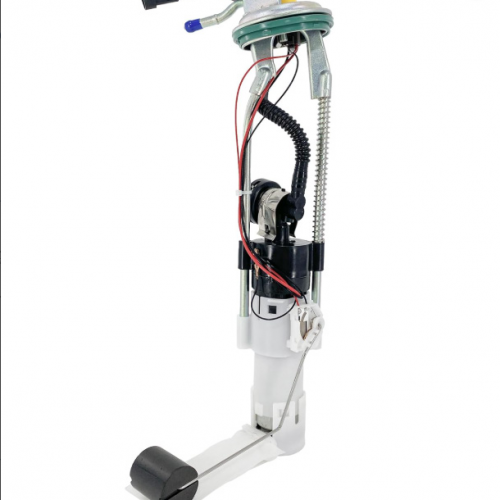
-
Oil Pump JR-B108-1 2204308 For SPORTSMAN
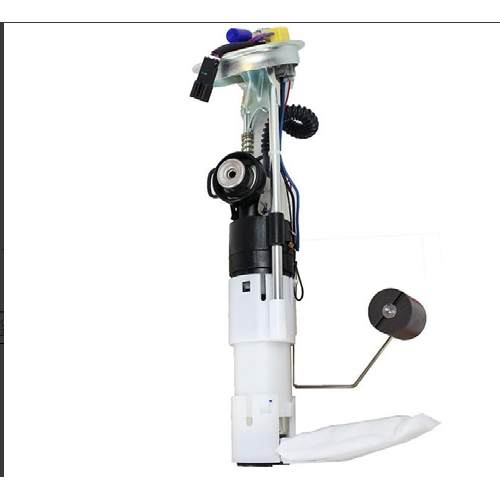
-
Oil Pump JR-B108 47-1014 For SPORTSMAN
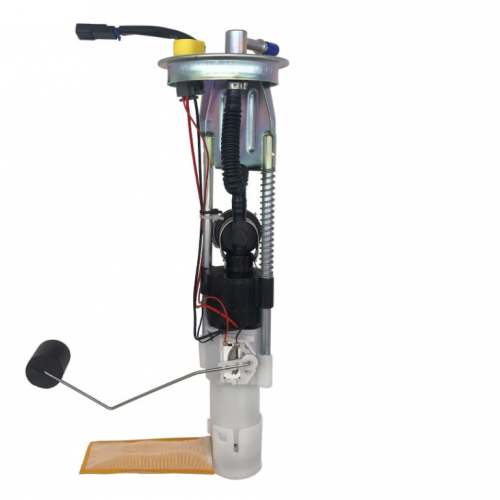
-
Oil Pump JR-B98-1 47-1012 For RANGER



